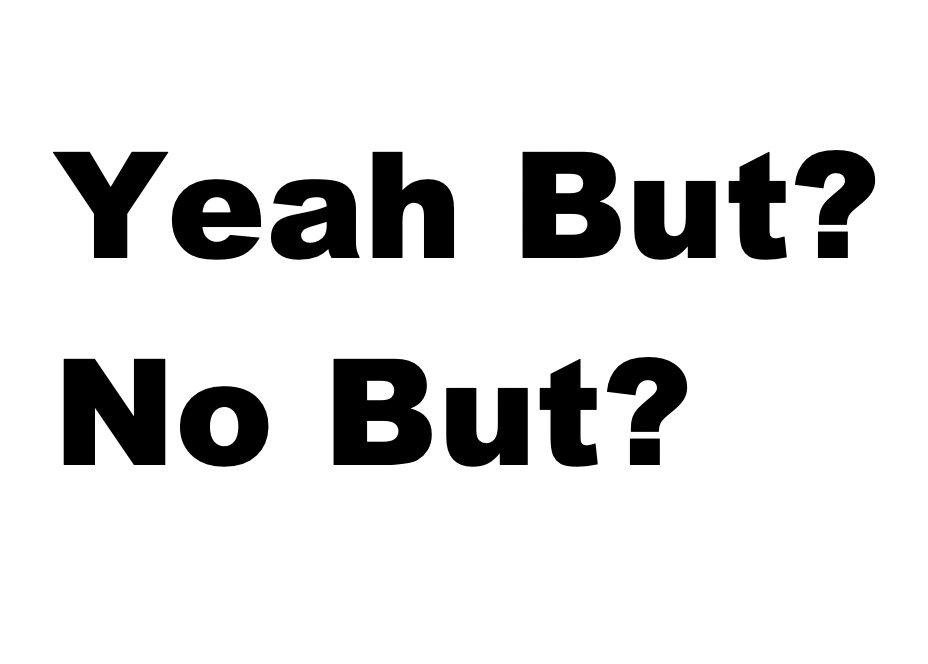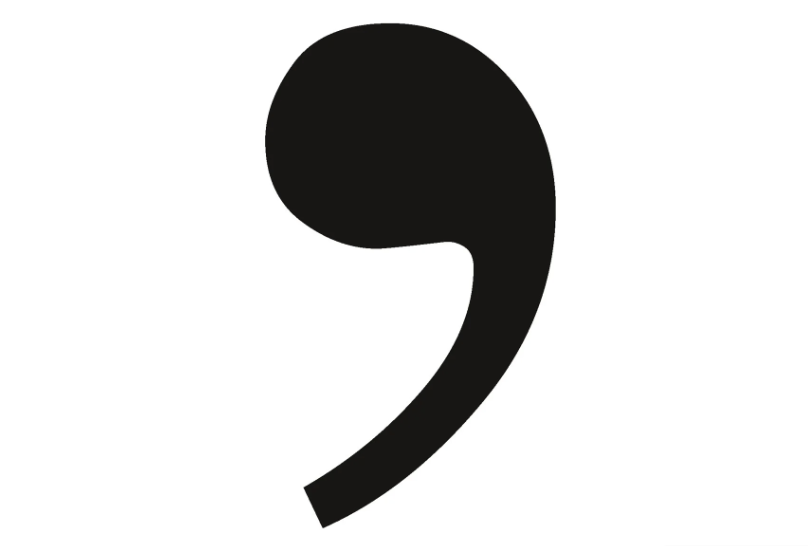EastEnders at 40: Do you know your Cockney?
/Would you Adam and Eve it? EastEnders is 40 years old this week. Realwords editorial consultant Sarah Kovandzich has a butcher’s at the soap’s legacy and some much-loved Cockney phrases.
How EastEnders made its debut on BBC1 at 7pm on Tuesday 19 February 1985
My editorial career has involved all kinds of projects, one of which was a stint on InsideSoap magazine last summer. It had been a while since I was a regular EastEnders viewer, but it was now compulsory and I was soon hooked on the storylines once again. Ian Beale was back in my life, along with a host of other Albert Square regulars including Sharon, Phil, Alfie and Kat.
There have been plenty of legendary lines and catchphrases in the show over the years:
“Get outta my pub!” (Peggy Mitchell)
“You ain’t my mother!” (Zoe Slater. “Yes, I am!” came the reply from ‘sister’ Kat.)
“Ooh, I say!” (Dot Cotton)
“Happy Christmas, Ange.” (Dirty Den Watts, handing his wife a letter from his solicitor and telling her he is filing for divorce. By the way, are we sure he’s really dead this time?)
I’ve been called a Cockney myself – despite having grown up in Norwich (don’t get me started on Norfolk accents) and now living in London but not the East End. I wasn’t sure whether this was intended as a compliment or not.
When did Cockney phrases first appear?
According to the Oxford English Dictionary, the first recorded use of Cockney language was in 1776, yet Cockney rhyming slang didn’t become entrenched in the wider public consciousness until the 20th century. What’s special about it, says a report co-authored by the University of Warwick, is its playful use of language.
THE WINDING RIVER THAMES FEATURES IN EASTENDERS’ OPENING and closing CREDITS. IMAGE: BENJAMIN DAVIES VIA UNSPLASH
One of the interesting features of Cockney rhyming slang is how phrases are often shortened to leave out the original rhyming word. In a way, this is slang for slang. If you say you’re going up the ‘apples’, where are the ‘pears’ that rhyme with ‘stairs’? And if you’re having a ‘bubble’, what happened to the ‘bath’ that rhymes with ‘laugh’?
7 more examples of Cockney non-rhyming slang
1. Let’s have a butcher’s (omitting ‘hook’, rhyming with ‘look’)
2. Use your loaf (omitting ‘of bread’, rhyming with ‘head’)
3. Let’s go for a Ruby* (omitting ‘Murray’, rhyming with ‘curry’)
4. Don’t tell porkies (omitting ‘pies’, rhyming with ‘lies’)
5. I’ll make a nice cup of Rosie** (omitting ‘Lee’, rhyming with ‘tea’)
6. Get it down your Gregory*** (omitting ‘Peck’, rhyming with ‘neck’)
7. I love your Barnet (omitting ‘Fair’, rhyming with ‘hair’)
*Ruby Murray was a chart-topping singer in the 1950s; **Possibly a reference to burlesque dancer Gypsy Rose Lee, born in 1911; ***Gregory Peck was an American actor who rose to fame in the 1940s.
How Cockney is evolving
The evolution of Cockney is at the heart of the Modern Cockney Festival, an annual celebration which started in 2023. It aims to challenge any negative stereotypes and keep Cockney culture alive. The festival celebrates Cockney as an evolving community containing diverse backgrounds, cultures and beliefs. Members of this community might be Bengali Cockney, Black Cockney, British Cockney, Eastern European Cockney or Irish Cockney – each embracing Cockney identity in their own way.
The organisers’ Modern Cockney Manifesto asserts that if Cockney, as well as Brum (from Birmingham), Geordie (Newcastle-upon-Tyne), Scouse (Liverpool), Weegie (Glasgow) and other local identities were to disappear, modern-day Britain would become “bland”. In a world where coffee-shop, bar and restaurant chains are making many cities feel the same, surely this expression of cultural identity and celebration of diversity is something to be welcomed?
The 2025 Modern Cockney Festival takes place from 1 to 31 March.
EastEnders 40th anniversary live episode
As has become customary in EastEnders anniversary years, an edition of the soap will be broadcast live on BBC1 and BBC iPlayer on Thursday 20 February. I’ll be sitting down to watch with a couple of Britneys (Spears = beers).
In the meantime, see how these EastEnders cast members got on when they were quizzed about Cockney rhyming slang:
What are your most memorable moments from EastEnders over the years? Let us know in the comments section below.
Sarah Kovandzich has been a journalist for more than 30 years, including for TV market MIPCOM CANNES and TV industry website c21media.net. She is also editor of the travel blog interrailia.com.









